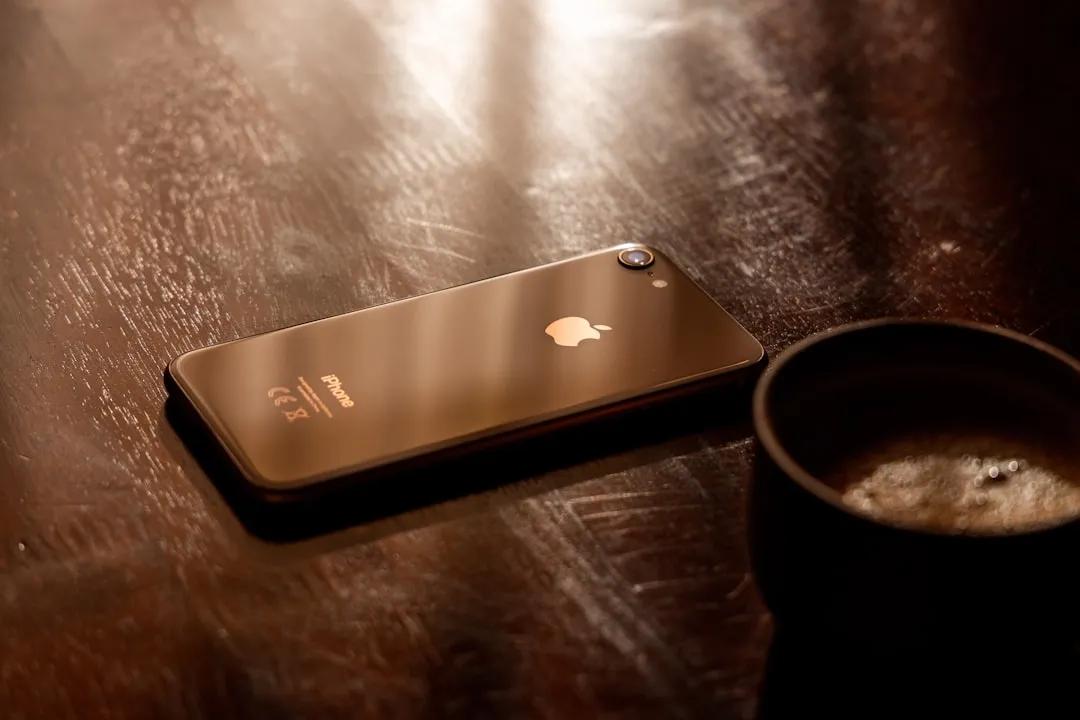If you're considering purchasing Apple's new 2020 iPhone SE, which brings many modern components into the compact body of an iPhone 8, you should know what its dust and water resistance rating means. Just how dirty and wet can the iPhone SE get without breaking any functionality?
For those of you upgrading from the first-generation iPhone SE or anything else before the iPhone 7 models, it may be your first time using a phone with an official IP classification. The IP stands for Ingress Protection code or International Protection rating, depending on who you talk to, and highlights a device's protection against solid particles and liquid intrusion.
The IEC 60529 is a standard created by the International Electrotechnical Commission, and it outlines specific rules and regulations to determine an enclosure's IP rating for dust and water resistance.
IP certifications aren't free, which is why some phone manufacturers like OnePlus refuse to jump on board even if their devices have some level of resistance to dust and water. But with an IP rating, we, the consumer, will know the phone's specific limitations without relying on exaggerated marketing terms used to sell the product.
The IP rating system uses a two-digit numeric system, with the first digit representing the device's dust resistance and the second the water resistance. The highest dust rating is "6," which means "dust-tight" or "dustproof," where no ingress of dust happens during testing.
For splash and water protection, "9" is the highest number, but unlike the dust rating, a high water rating does not mean "waterproof." It only certifies that the device should continue to operate normally after exposure to water in certain conditions. Additionally, personal results may vary when it comes to saltwater and other liquids (such as urine or juice) since the test is for freshwater.
Apple began getting IP certification for its phones starting with the iPhone 7 and 7 Plus, both of which are IP67 rated. The iPhone 8 and 8 Plus, as well as the iPhone X and iPhone XR, were also tagged as IP67. Apple's first IP68 rated models were the iPhone XS and XS Max, and the iPhone 11, 11 Pro, and 11 Pro Max followed suit. However, since the iPhone SE (second generation) is basically an upgraded iPhone 8, it has a rating of IP67, which breaks down as:
- IP: Stands for "Ingress Protection" or "International Protection," which is the rating system for the dust- and water-resistance of electronic devices in enclosures.
- 6: The first number signifies the dust protection rating. A "6" means the iPhone SE is dust-tight, more commonly referred to as "dustproof," so you don't have to worry if you lose it in that dirty couch of yours.
- 7: The second number is the water resistance rating. A "7" here means iPhone SE can be fully submerged in water as deep as 1 meter (3.28 feet) for a period of up to 30 minutes. So if you want to go to a pool, we recommend picking up a waterproof case; the Spidercase Protective Case doubles its protection to 2 meters (6.6 feet).
An IP67 rating means that your second-generation iPhone SE will be able to survive drops in bathtubs, a spilled drink, and a rainstorm. It also means if it's used in a dusty environment, such as a windy desert, it would be able to work without issues. However, its rating doesn't mean you should test your iPhone SE to the max, as it's not certified to remain in these environments. Also, it should go without saying, but please do not charge your iPhone while it's wet.
According to Apple's fine print:
iPhone SE is splash-, water-, and dust-resistant, and was tested under controlled laboratory conditions with a rating of IP67 under IEC standard 60529 (maximum depth of 1 meter up to 30 minutes). Splash, water, and dust resistance are not permanent conditions, and resistance might decrease as a result of normal wear. Do not attempt to charge a wet iPhone; refer to the user guide for cleaning and drying instructions. Liquid damage not covered under warranty. iPhone SE is resistant to accidental spills from common liquids such as soda, coffee, tea, beer, and juice. In the event of a spill, rinse the area with water and wipe your iPhone, and dry it.
Cover image via Apple

























Comments
Be the first, drop a comment!